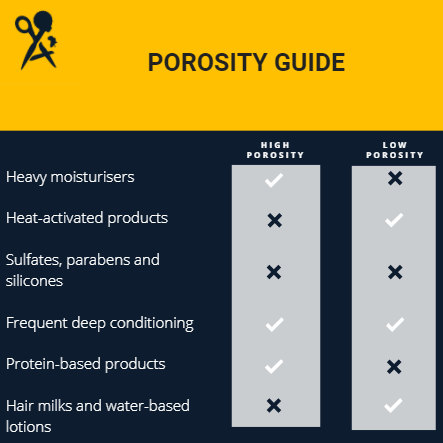Afro Hair Porosity - Does It Matter?
Afro Hair Porosity: Closing the Gaps in Our Understanding
With the rise of the natural hair movement came the hair-typing system, also known as the Andre Walker system. Naturals with afro hair fell into 6 categories ranging from 3a to 4c, with type 3 being curly, type 4 being coily and the letters a to c indicating how tight the curls or coils were. According to your number and letter, you could form a hair care routine, search for styles and look out for ingredients to apply or avoid for healthy afro hair.
While hair type is still a consideration, the new buzz word in the natural hair community is porosity. Products are being recommended according to porosity, lists of do-s and don’t-s for low or high porosity hair are becoming popular, and hair companies like SheaMoisture are marketing afro hair products for specific porosities.
So why all the hype? What is porosity? How can you find out if your hair is high or low porosity? And importantly, does it matter?
We’ve looked into the different points of view and summarised it for you here. Here’s what we found out:
Porosity is defined as the hair’s ability to absorb and retain moisture. Celebrity hairstylist and Shea Moisture ambassador, Stefan Bertin, uses the analogy of a sieve or strainer to describe porosity. “Think of a hair fiber and its cuticle as a sieve or strainer. A strainer has holes in it, it doesn’t hold onto water but that water falls right out and that is porosity. If there were less holes or if the strainer was less porous there would still be water loss but it would be a lot slower and it will hold onto water for a lot longer whereas if there were more holes or if it was more porous, the strainer would lose water a lot quicker. So think of the holes in the strainer as the gaps in our cuticles”. (Check out his IGTV content for more info!)
Porosity is determined by genetics mostly, but it is also affected by heat and chemical damage, extreme weather and treatments.
Porosity lies on a spectrum, but it is often grouped into 3 categories:
1) High Porosity
2) Low Porosity
3) Medium Porosity
The focus is largely on the first two categories since medium porosity hair tends to be easier to manage and to attain the right balance of moisture.
High porosity hair gains and loses moisture very easily because the cuticles in the hair have larger gaps and holes in them. This is the result of genetics but can also be a sign of hair damage. High porosity hair is therefore more prone to frizz and tangles and also dries very quickly. Additionally, people with high porosity hair may feel that ‘lighter’ products, like hair milks and hair lotions end up evaporating from the hair. Their hair is basically constantly thirsty!
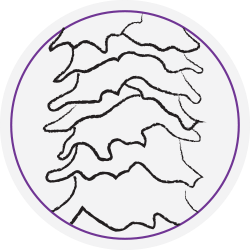
An enlargement of a high porosity hair cuticle
Source: https://www.naturallycurly.com/texture-typing/hair-porosity
Conversely, it is very difficult for low porosity hair to absorb moisture but it retains it well once it does. This is due to the fact that the cuticles of low porosity hair are smaller and tighter. Low porosity hair can be difficult to process, prone to product build up, and can be really slow to dry. It also is difficult to colour and less receptive to chemical treatments and even takes a very long time to get wet in water. People with low porosity hair may feel that moisturising products “sit on” their hair and leave it greasy.
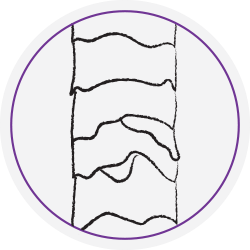
An enlargement of a low porosity hair cuticle
Source: https://www.naturallycurly.com/texture-typing/hair-porosity
How do you find your porosity?
Given the implications, it’s important to understand your hair porosity.
There are three main porosity tests that a lot of curly hair gurus seem to swear by and promise are effective:
1) The Cup Test, also known as the Float Test
This test is probably one of the most talked about tests. It involves taking one strand of your hair and putting it in a cup for 7 minutes, if it floats for a long time, your hair is low porosity. If it sinks quickly, your hair is high porosity. If it stays in the middle, then your hair is medium porosity.
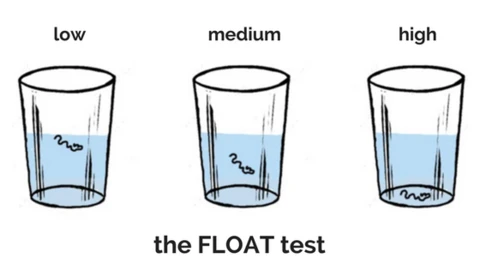
2) Spray Test
Get a spray bottle and spray your hair with water. Closely examine your hair after. If it looks like there are droplets sitting on top of it, then your hair is low porosity. If the water is instantly absorbed, then your hair is high porosity.
3) Strand Test, also known as Slip N’ Slide Test
Grab a single strand of your hair and pinch two fingers together with it between them. Go up and down the strand of hair. If it is smooth to touch, then you have low porosity hair. If it feels like there are ridges and tiny bumps, then you have high porosity hair.
Are these tests reliable?
While many curly hair influencers seem to believe in the different tests and many people swear by the results they’ve gotten from them, experts and trichologists seem to agree that these home tests do not work and the results achieved are simply coincidental. What’s more important, is that you listen to your hair needs and care for your hair accordingly. You can also consult a trichologist or expert hair stylist (book on NinjA’fro!).
How do you care for afro hair with different porosities?
Here’s a handy infographic to show you the basics of porosity hair care:
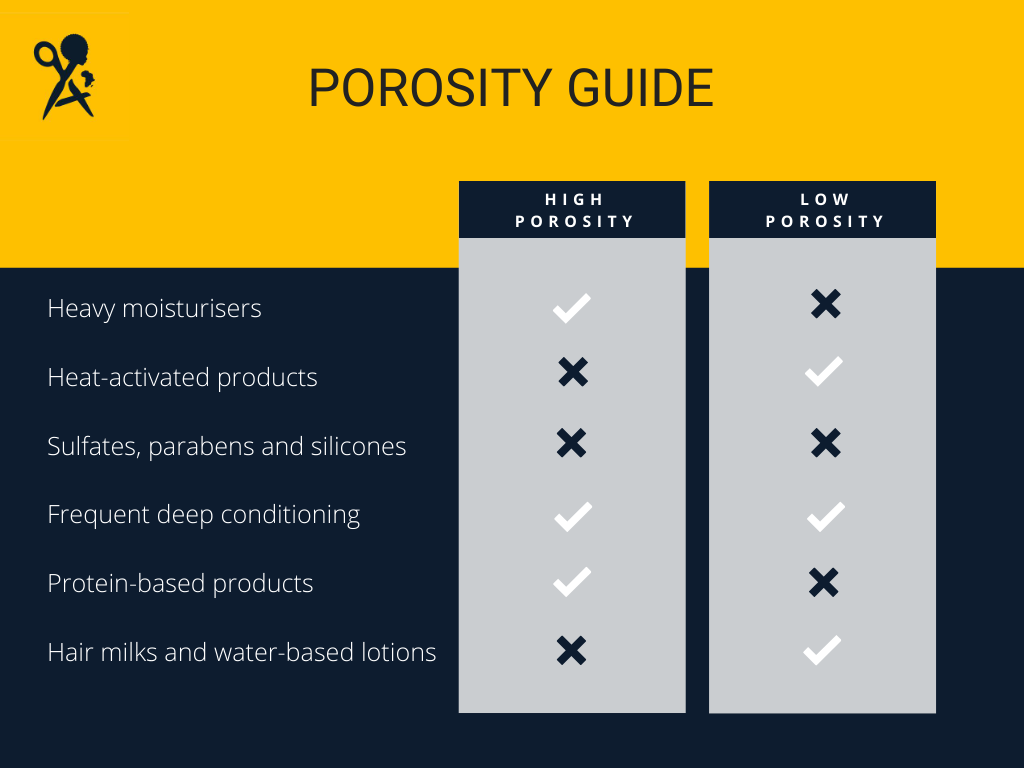
The key for high porosity afro hair is to use heavy moisturisers and sealants to lock in moisture. As porosity increases with damage, ensure that you protect your hair and minimise heat and chemical damage.
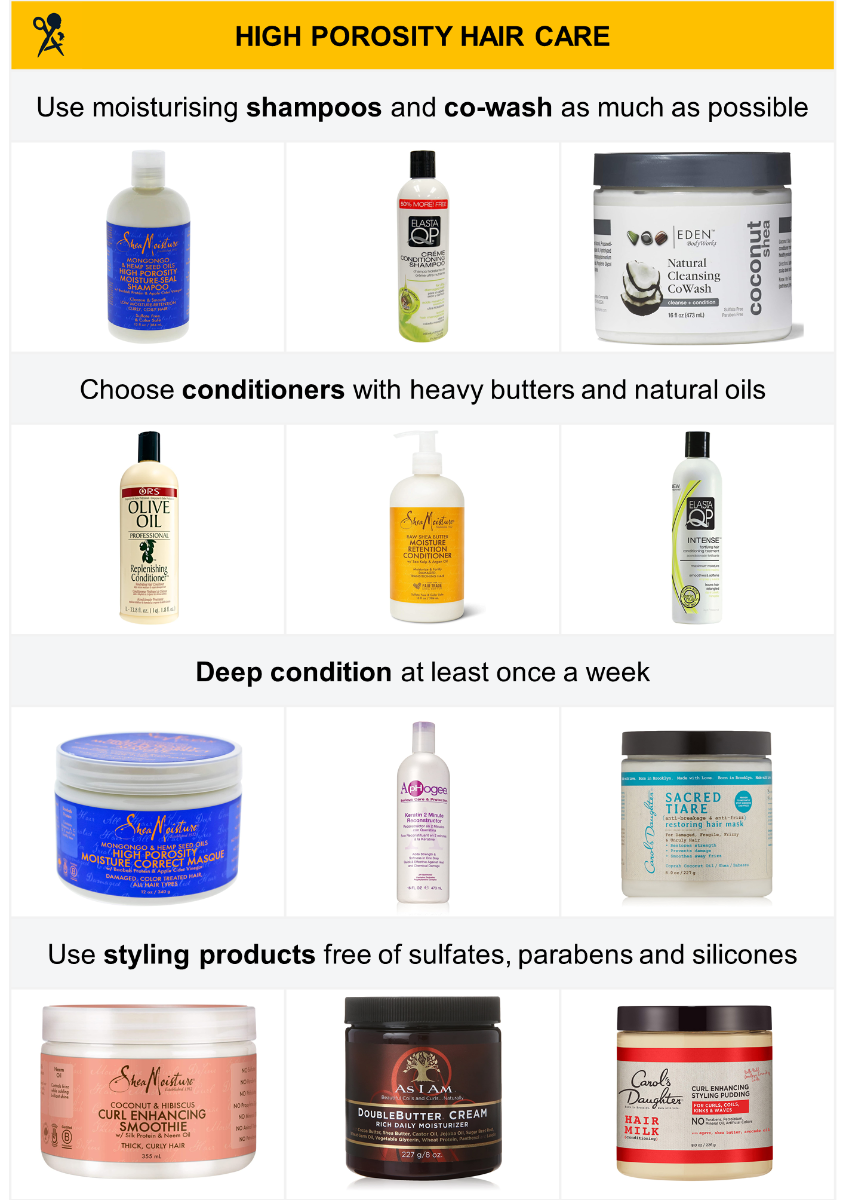
Low porosity hair requires thin products that are moisturizing but also easily absorbed.
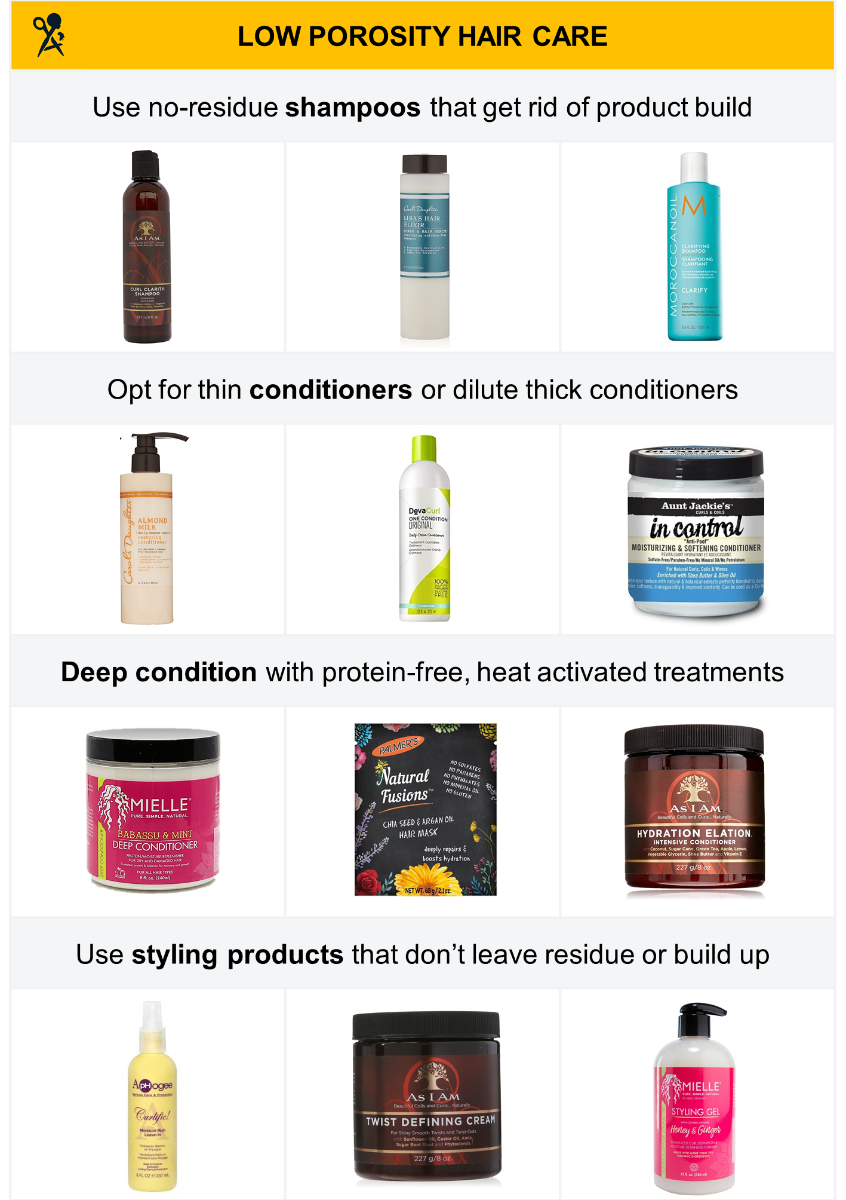
Porosity is ever-changing:
A very important factor to note about porosity is that your porosity will likely change – partly as a result of age, change in weather, and depending on the treatments you have used on your hair. If the products you’ve always used become ineffective, it’s likely to do with a change in your hair porosity.
Listen to your mane and act accordingly! Have you tried out the tests? What type of products have you found work for your hair? Let us know what works or doesn’t work so we’re all making progress on our healthy hair journeys.
All products shown above can be purchased through the links below. Check them out!
High porosity hair care products:
Shea Moisture - High Porosity Moisture Seal Shampoo
Elasta QP - Creme Conditioning Shampoo
Eden Bodyworks - Coconut Shea Co-Wash
ORS - Olive Oil Replenishing Conditioner
Shea Moisture - Raw Shea Butter Moisture Retention Conditioner
Elasta QP - Intense Fortifying Conditioner
Shea Moisture - High Porosity Moisture Correct Masque
Aphogee - Keratin 2 Minute Reconstructor
Carol’s Daughter - Sacred Tiare Hair Mask
Shea Moisture - Coconut & Hibiscus Curl Enhancing Smoothie
As I Am - DoubleButter Cream Rich Daily Moisturiser
Carol’s Daughter - Hair Milk Nourishing and Conditioning Styling Pudding
Low porosity hair care products:
As I Am - Naturally Curl Clarity Shampoo
Carol’s Daughter – Lisa’s Hair Elixir Shampoo
Morrocanoil - Clarifying Shampoo
Carol’s Daughter - Almond Milk Restoring Conditioner
Deva Curl - Original One Condition Ultra Creamy Daily Conditioner
Aunt Jackie’s - In Control Anti-Proof Moisturising and Softening Conditioner
Mielle - Babassu Oil Mint Deep Conditioner
Palmer’s - Natural Fusions Chia Seed & Argan Oil Hair Mask
As I Am - Naturally Hydration Elation Conditioner
Aphogee - Curlific Moisture Rich Leave-In
As I Am - Twist Defining Cream
Mielle - Honey & Ginger Styling Gel

